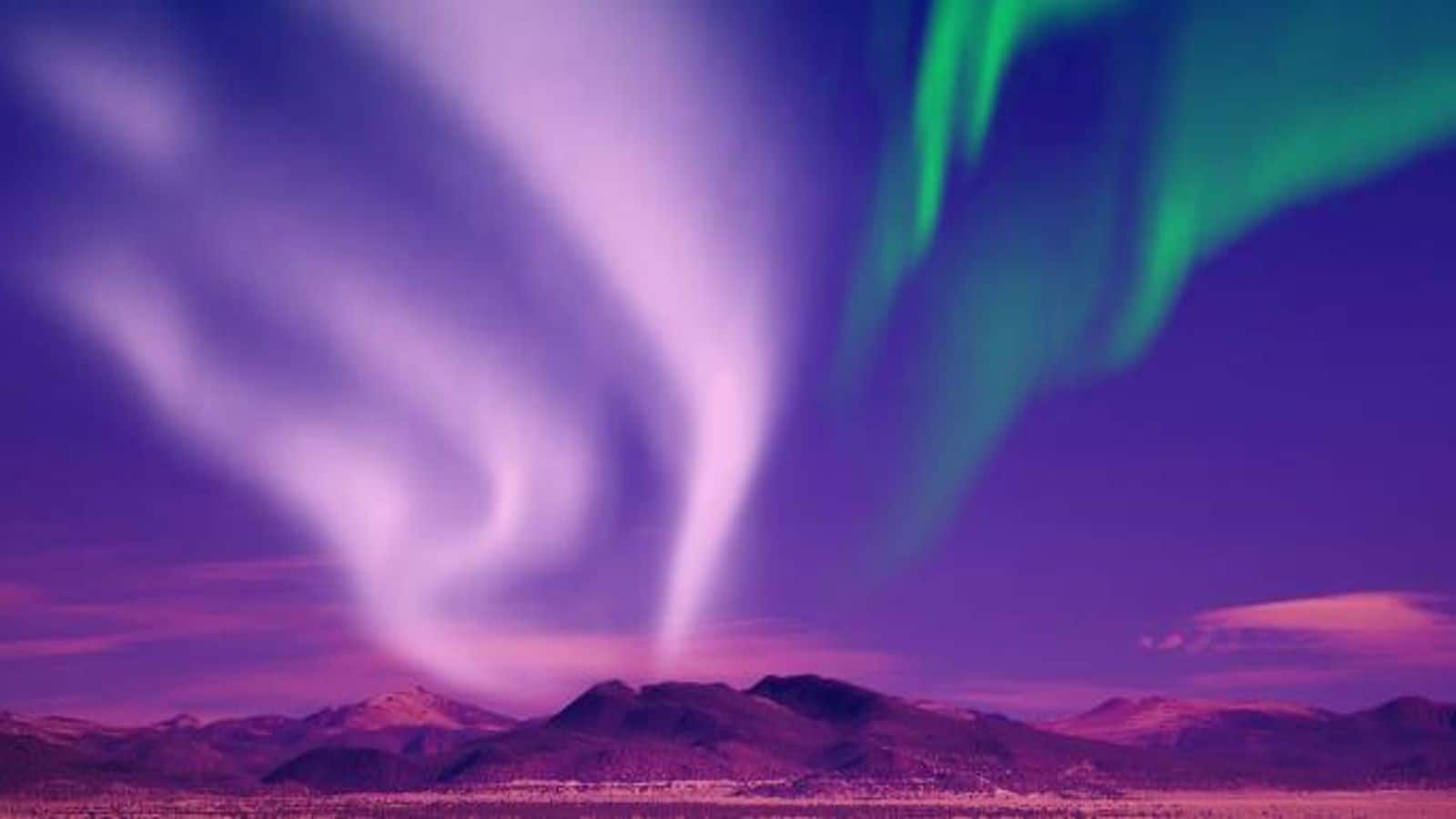
When in Reykjavik, go for an aurora adventure experience
What's the story
Reykjavik, the coastal capital of Iceland, serves as a prime location for viewing the northern lights. This awe-inspiring natural display illuminates the night sky with a spectrum of colors, drawing visitors from around the world. By day, the city offers a rich mix of cultural experiences, while by night, it becomes a hub for those seeking to witness the aurora's magical glow.
Timing
Best time for northern lights
The best time to experience the northern lights in Reykjavik spans from late September to early April. These months offer extended darkness, ideal for the aurora's visibility. For the most vivid display, seek nights with clear skies and low light pollution. Aligning your visit with the new moon can enhance the intensity of the northern lights, as the sky is at its darkest then.
Locations
Prime viewing spots
Escape the city's glow and head to Thingvellir National Park or the Reykjanes Peninsula for the best northern lights show. These spots are known for their dark, expansive skies that make for perfect viewing conditions. Join a guided tour to discover hidden areas frequented by the aurora, offering both avid and amateur photographers incredible opportunities to capture the phenomenon against dramatic Icelandic landscapes.
Essentials
What to bring along
To endure the freezing Icelandic nights, layering is essential. Equip yourself with thermal clothing, sturdy insulated boots, and warm accessories like gloves and a hat. Bring along a thermos filled with a hot beverage to stay warm as you await the aurora's dance. Remember your camera and a tripod for those long-exposure photographs that capture the northern lights in all their glory.
Avoidance
When not to visit
Reykjavik's summer, from May to August, is not suitable for northern lights seekers due to nearly round-the-clock daylight. These months are characterized by the midnight sun, which bathes the city in continuous light, obscuring any chance of spotting the aurora borealis. Additionally, nights with a full moon are less ideal for viewing as the lunar brightness can diminish the northern lights' visibility.